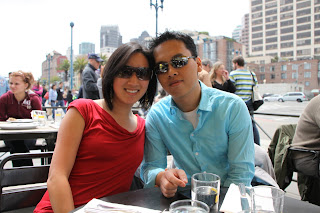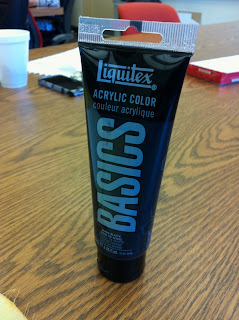Last Saturday, we spent a wonderful morning with my favorite sister in San Francisco! We went to the Ferry Plaza Farmers Market and then had brunch at Market Bar. I wasn’t overly impressed with the produce—the quality is pretty much the same as other farmers markets I visited and the price tended to be more expensive since this is a very touristy attraction. But there are lots and lots of yummy samples to try and the whole area is relatively clean! I have realized that I prefer touristy over the down and dirty of authenticity.
After strolling through the market and trying samples, we sat outside and had lunch at Market Bar. I personally did not think the food was that great—I had a rather mediocre omelet and we had to wait a really long time for our food. However, our server was really attentive and we had a good time relaxing and enjoying the morning (minus a couple minutes when three naked guys rode by on bikes, giving us tourists a San Francisco welcome).
On our way back to our car (yay, we found street parking!) we also walked through the open area where artists were selling prints, jewelry, and other touristy knick-knacks. I think those are also always fun to browse!
This is another trip I would definitely do again. =)
























